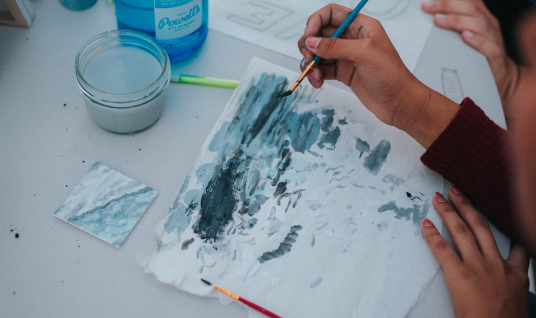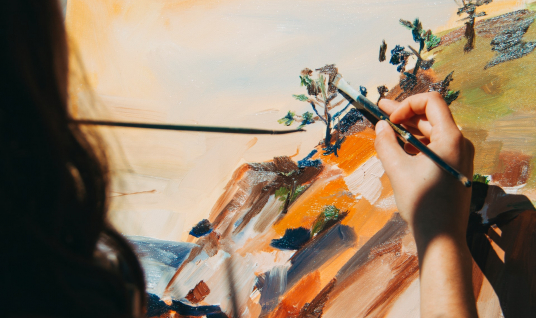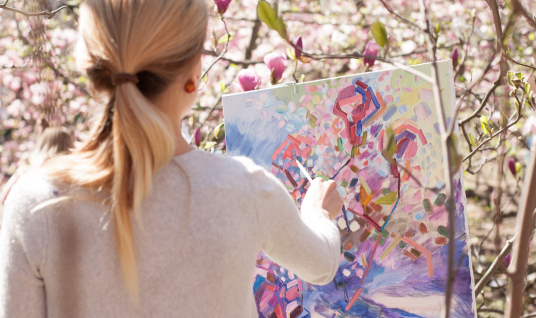Many painters desire to become masters of painting human figures. It is not just about drawing the body alone but expressing the human’s feelings and gestures. It is bringing life to the painting by cutting off the distractions and focusing on the base. However, getting precise at it requires patience and a lot of practice. You have to understand how to position and draw the hands, feet, and faces. Further, you have to match the line, tone, and shade.
You can try different styles of human figure painting and then choose the one that suits you the most. Experimenting is always the key when it comes to painting complex arts like human figures.
We have simplified the steps so you can practice and paint a human figure yourself-
Understand Your Model-
- Get the Proportions: Rely on your optical judgment to measure the proportions of your model. Draw lines for their abdomen, thighs, calves, and head. Next, paint boxes to suggest the width of each part. Divide the body with lines at approximate angles for the shoulder and the pelvis. Further, add lines to get an idea about hands and legs.
- Observe the Gesture: Observe your model’s gesture and direction. Begin with drawing lines to get the basic idea of your painting. You should have a rough painting of your model by the end of this process. You can complete these two steps with a pencil to get a crude draft.
Start Painting-
- See the Light Patterns: Start with the first layer and paint the areas where the light falls. Also, paint the objects with lighter shades first. It will include the clothes of the model and any body part that comes under the lights.
- Refine the Parts (Add Anatomical Features): Once your basic structure is painted, you can use smaller brushes to add finer details. Paint the clavicle, the sternum, and other minor details.
- Paint the Features: Paint the model’s features like eyes, nose, lips, and ears. Painting the model’s features requires more practice as this gives life to your portrait and helps you express the model’s feelings.
- Add the Shadows: Add the extra layer of the paint to suggest shadow over parts. These parts will be opposite to those having light. Add an extra layer to the darker objects and features as well.
- Detailing the Background: For the final touch, add objects and details to your model’s background. These can be the model’s seat, the paintings on the wall, lights, and decorations.
Tips for Painting Human Figures-
- To suggest movement, try to paint in a blurred manner.
- Use different tones of the same shade to suggest shadows and add a three-dimensional effect.
- Start with more prominent shapes. Move to smaller intricate parts later.
- Use the lightest tone first because you can add more layers to the watercolor anytime.
- Add shadows to the floor to make your painting look more realistic.
- To draw abstract human figures, paint with lines without worrying about the curves.
About ArtHustle-
Join the creative community of impressive artists at ArtHustle to learn to paint portraits and human figures. Our artists are creatives and experts that offer lessons on illustrative watercolor portraits, landscapes, and much more. For more details, head on to our website.




